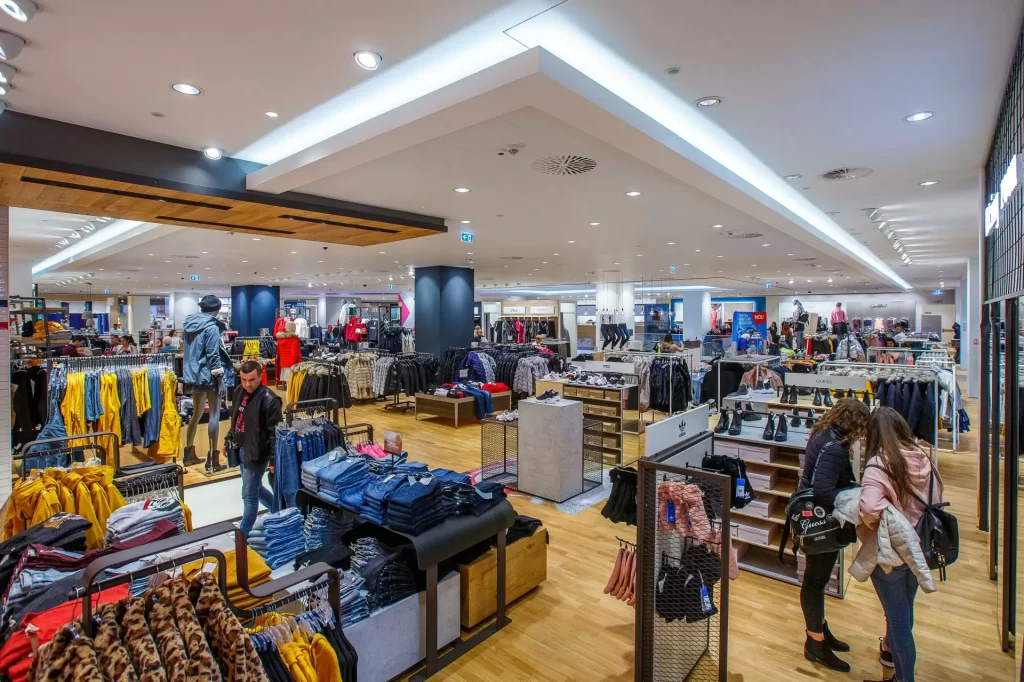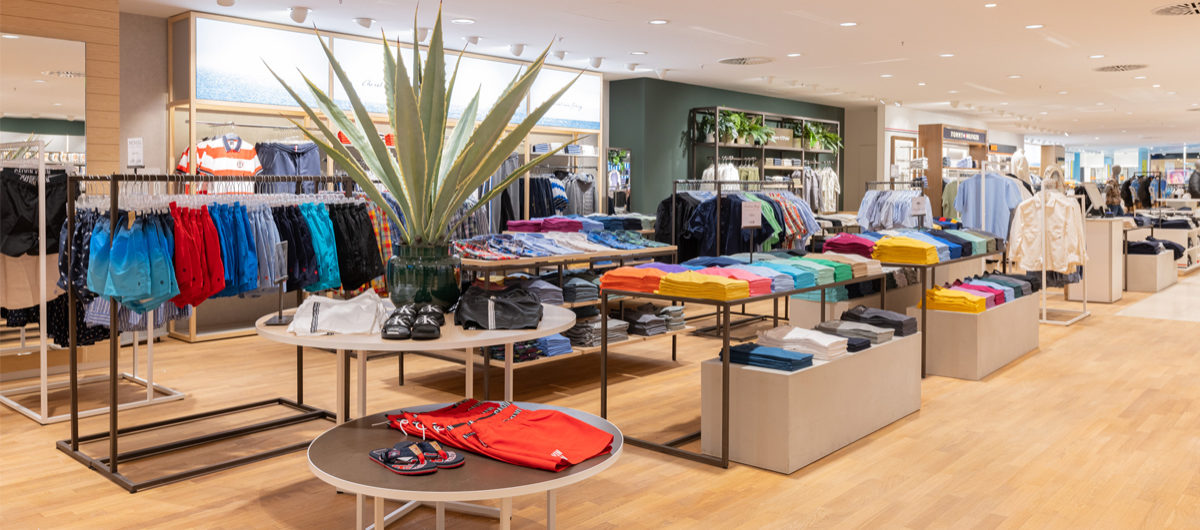Fashion is a constantly evolving industry that is influenced by various factors such as social trends, economic conditions and technological advancements. Over the years, fashion has evolved from simple clothing to a billion dollar industry that affects people’s lives in various ways. Peek & Cloppenburg is a fashion brand that has been in the industry for over a century, and its influence is reflected in the evolution of fashion over the years.

The early days of Peek & Cloppenburg
Peek & Cloppenburg is a family-run business founded in the early 20th century by its namesake Dutchmen Anton Peek and Heinrich Cloppenburg. The company began as a small tailor shop in Düsseldorf, Germany, and gradually expanded to other parts of the country. In the early years, Peek & Cloppenburg focused on making tailored suits for men, which were considered a luxury item at the time.
In the 1920s, Peek & Cloppenburg began to produce ready-made garments for men. This was a revolutionary decision at the time, as most garments were still tailor-made. Peek & Cloppenburg’s ready-made clothing was renowned for its high quality and attention to detail, establishing the company as the leading fashion brand in Germany.
The post-war period after the Second World War
After World War II, fashion began to change to a more casual and relaxed style. This was reflected in the clothes Peek & Cloppenburg produced, which were more comfortable and easier to wear. The company’s focus on quality and attention to detail remained, but the clothing became more accessible to the average person.
Peek & Cloppenburg also began to expand its product offerings during this time. The company began producing women’s clothing in the 1950s, which was a significant milestone for the brand. Women’s clothing was designed with the same attention to detail and quality as men’s clothing, which helped Peek & Cloppenburg become a leading fashion brand for both men and women.
The 1960s and 1970s
The Rise of Youth Culture The 1960s and 1970s were a time of significant change in fashion, with youth culture playing a crucial role in shaping the industry. Fashions of the time were influenced by the music and art movements of the era, leading to a shift toward more colorful and daring garments.
Peek & Cloppenburg adapted to these changes by creating clothing that matched the fashions of the time. The company’s clothing became more colorful and experimental, which helped attract a younger audience. Peek & Cloppenburg also began to focus on creating clothing that was more affordable and accessible, which helped the brand appeal to a wider audience.

The 1980s: the decade of excesses
The 1980s were marked by excess and luxury, with fashion reflecting this trend. Clothing became more outlandish and extravagant, with designers using bold colors, patterns and materials to create unique and daring clothing.
Peek & Cloppenburg adapted to this trend by creating luxurious and extravagant clothing. The company’s clothing featured eye-catching patterns, bright colors, and expensive materials, which established Peek & Cloppenburg as a high-end fashion brand.
The 1990s and 2000s: The rise of streetwear
The 1990s and 2000s saw the rise of streetwear, a fashion movement heavily influenced by hip-hop culture. Streetwear clothing was characterized by loose-fitting clothing, eye-catching colors and sportswear.
Peek & Cloppenburg adapted to this trend by creating clothing that matched the streetwear aesthetic. The company’s clothing became more casual and comfortable, with a focus on sportswear and loose-fitting clothing.
Peek & Cloppenburg also began incorporating elements of hip-hop culture into its designs, such as oversized T-shirts, loose pants and sneakers. This helped the brand appeal to a younger audience and establish itself as a leading fashion brand for streetwear clothing.
The present: a mix of tradition and modernity.
Today, fashion is a mix of traditional and modern, with designers drawing inspiration from a variety of sources to create unique and innovative clothing. Peek & Cloppenburg has continued to evolve with the times, incorporating new trends and styles into their designs while maintaining the same high standards of quality and attention to detail.
The brand has also embraced sustainability, focusing on creating clothing that is environmentally friendly and socially responsible. Peek & Cloppenburg uses sustainable materials like organic cotton and recycled polyester in their clothing, and they also have a program to recycle used clothing and textiles.
In terms of design, Peek & Cloppenburg has continued to innovate and experiment with new styles and trends. The brand’s clothing is known for its unique and modern designs, with an emphasis on quality and functionality. Peek & Cloppenburg clothing is also accessible and affordable, making it available to a wide audience.

Peek & Cloppenburg has played a significant role in the evolution of fashion. The focus on quality and attention to detail have remained the same today, even as fashion trends have come and gone. Peek & Cloppenburg has adapted to these trends and created clothing that reflects the style of the times, while still maintaining the brand identity.
Today, Peek & Cloppenburg is a leading fashion brand that continues to innovate and evolve with the times. Its focus on sustainability and social responsibility is also remarkable, reflecting society’s changing values. Peek & Cloppenburg’s influence on fashion will continue in the future as the brand continues to shape the industry and set new trends.






